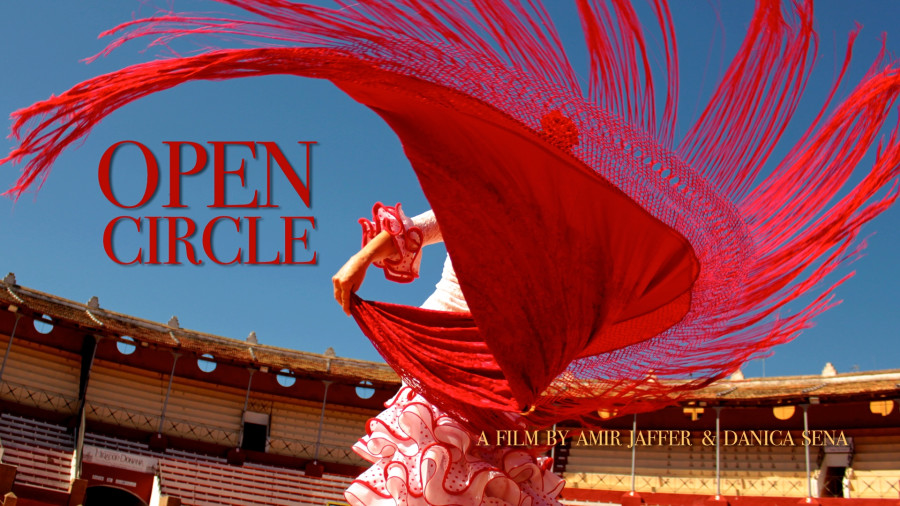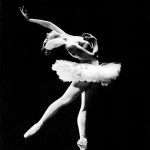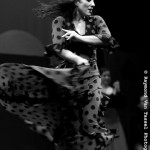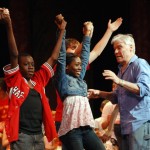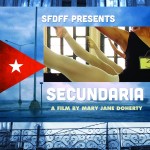In 2010, the United Nations Educational, Scientific and Cultural Organization (UNESCO) declared Flamenco as one of the Masterpieces of the Oral and Intangible Heritages of Humanity, in an effort raise awareness and encourage the local communities of Spain to protect and sustain the art form. Despite this, Flamenco dancers, musicians and singers are still having to seek work outside their own country.
As I speak with Danica Sena, a San Francisco based master teacher and dancer of this craft, and an American who has made great efforts to raise awareness in both Spain and the United States for nearly twenty years, I ask her why there is such little apparent support for the art form in Spain. “It’s like the phrase ‘Never a prophet in your own land.’ Sometimes people are dismissive of the treasures within their very own communities.”
Yet Flamenco is not just a Spanish art form. The Andalucia area of southern Spain, considered to be the birthplace of Flamenco, was home to many nomadic tribes, including Indians, Arabs, Greeks, Romans, Persians, Sephardic Jews, Celts, and Asians, who all influenced and shaped this art. Flamenco songs are derivations of Gregorian and Sephardic Jew chants. The “bastón” cane is an Egyptian warrior dance relic, and the castanets, fans and shawls a Chinese contribution.
The fact is that non-Spanish people helped create this art, and are still supporting this art. Students from around the world are investing in Flamenco and they need to be given credit for this. They are the ones keeping it alive.
– Danica Sena
Sena’s new documentary Open Circle, co-produced with renowned Bay Area filmmaker- cinematographer Amir Jaffer, is part of a movement that began back in the 1960’s when Flamenco exploded on the San Francisco scene, and artists began pilgrimages to and from Spain to study the form. For years, Flamenco thrived in San Francisco, evolving into its own unique blend of tribal and multi-ethnic styles – until the economy took a nosedive and, like all the arts, experienced some financial setbacks. But there has been a revival, including projects like Sena and Jaffer’s documentary, which follows a group of dancers behind the scenes on a 2014 pilgrimage to Sanlucar de Barrameda, Spain. Jaffer’s intimate footage allows us to peek behind the curtain at the lives of Flamenco professionals, with their artistic insecurities and breakthroughs. In doing so, he and Sena illustrate how Flamenco creates and strengthens global community.
But this project needs funding. Sena and Jaffer have created an Indiegogo campaign to raise the remaining funds needed to complete this film, which includes the cost of flying three master flamenco artists from Spain to the U.S. By supporting this project you are directly contributing to the preservation of the at least 800 year-old art form.
For more information, go to: Open Circle
And to see some terrific Flamenco live in the Bay Area, consider attending Dance and Diaspora at ODC Theater, February 20-21, 2015. Sena will be presenting new works with some of her Andalusian colleagues, including musicians El Nino Manuel, El Gori and dancer Jose Carlos.
– By Leigh Donlan

